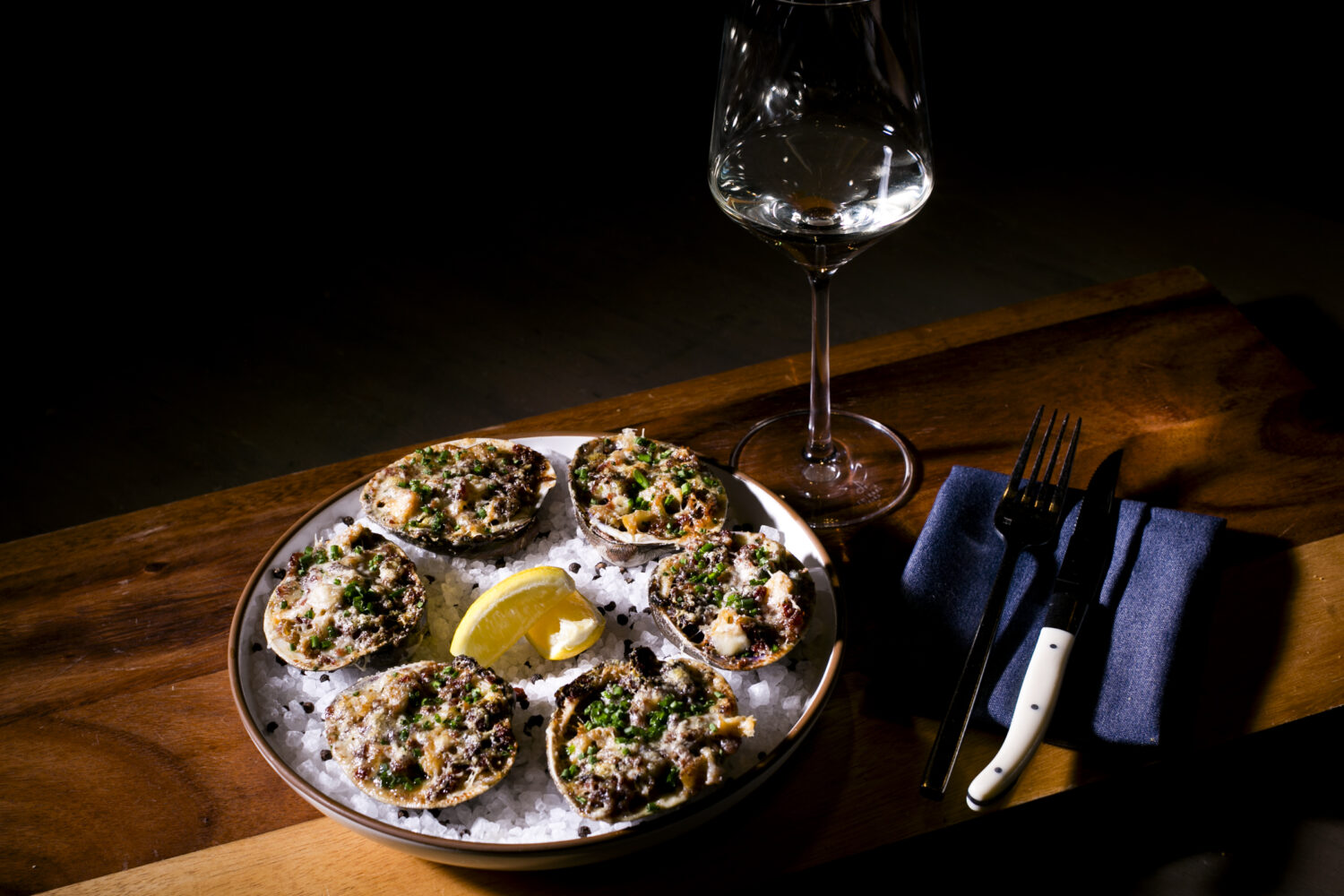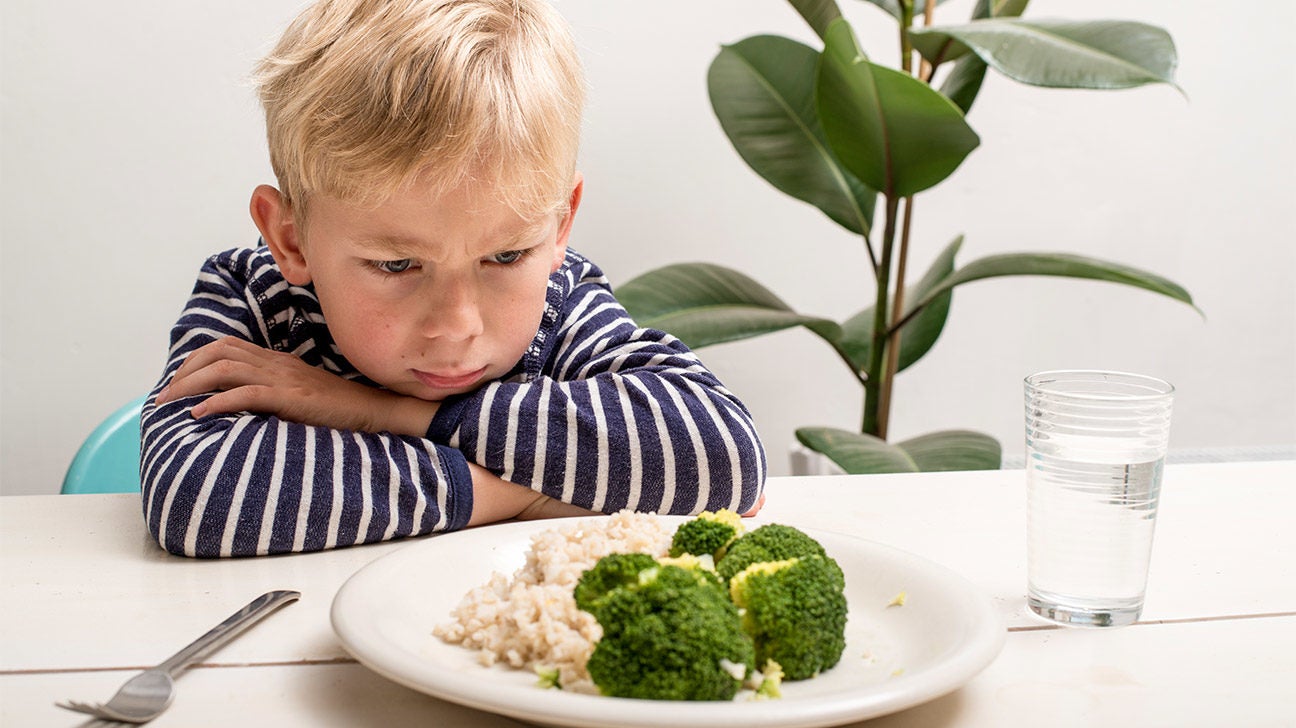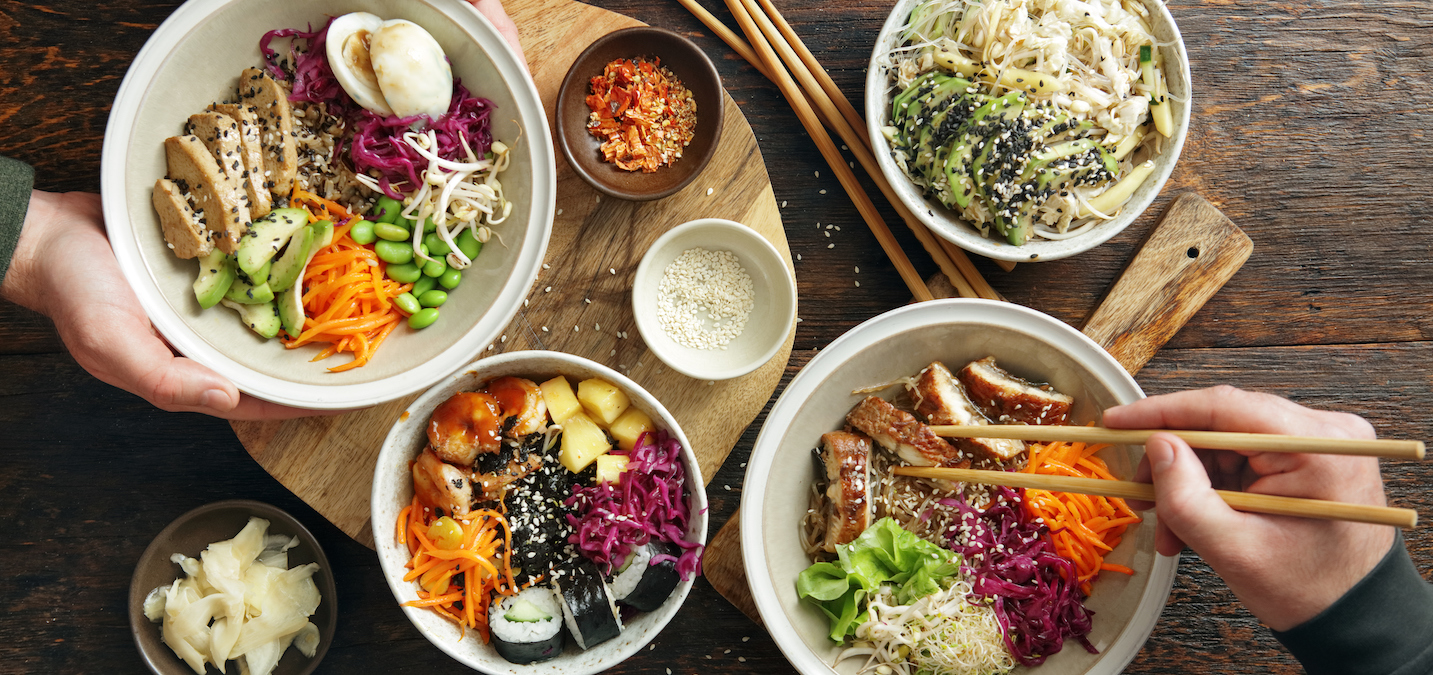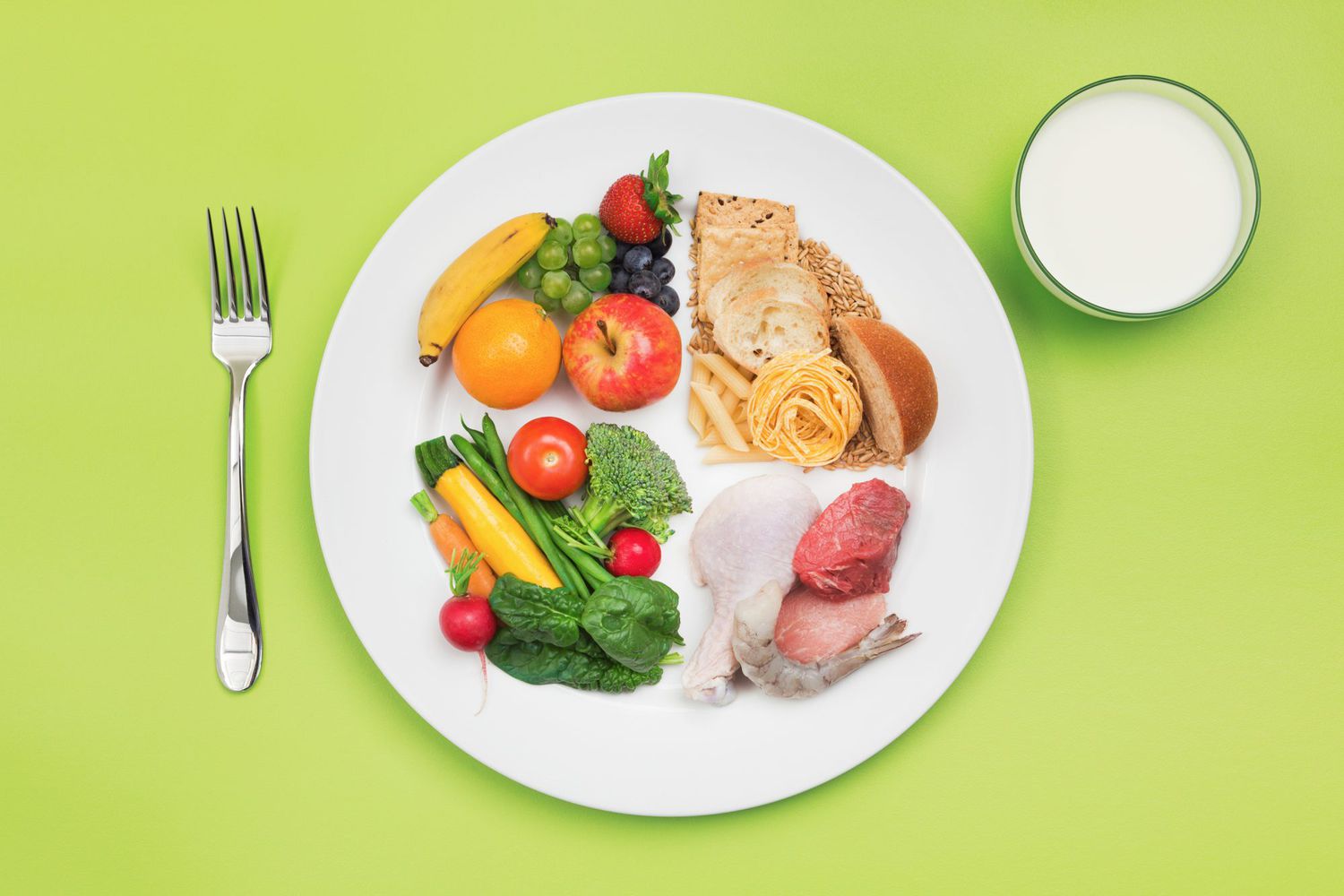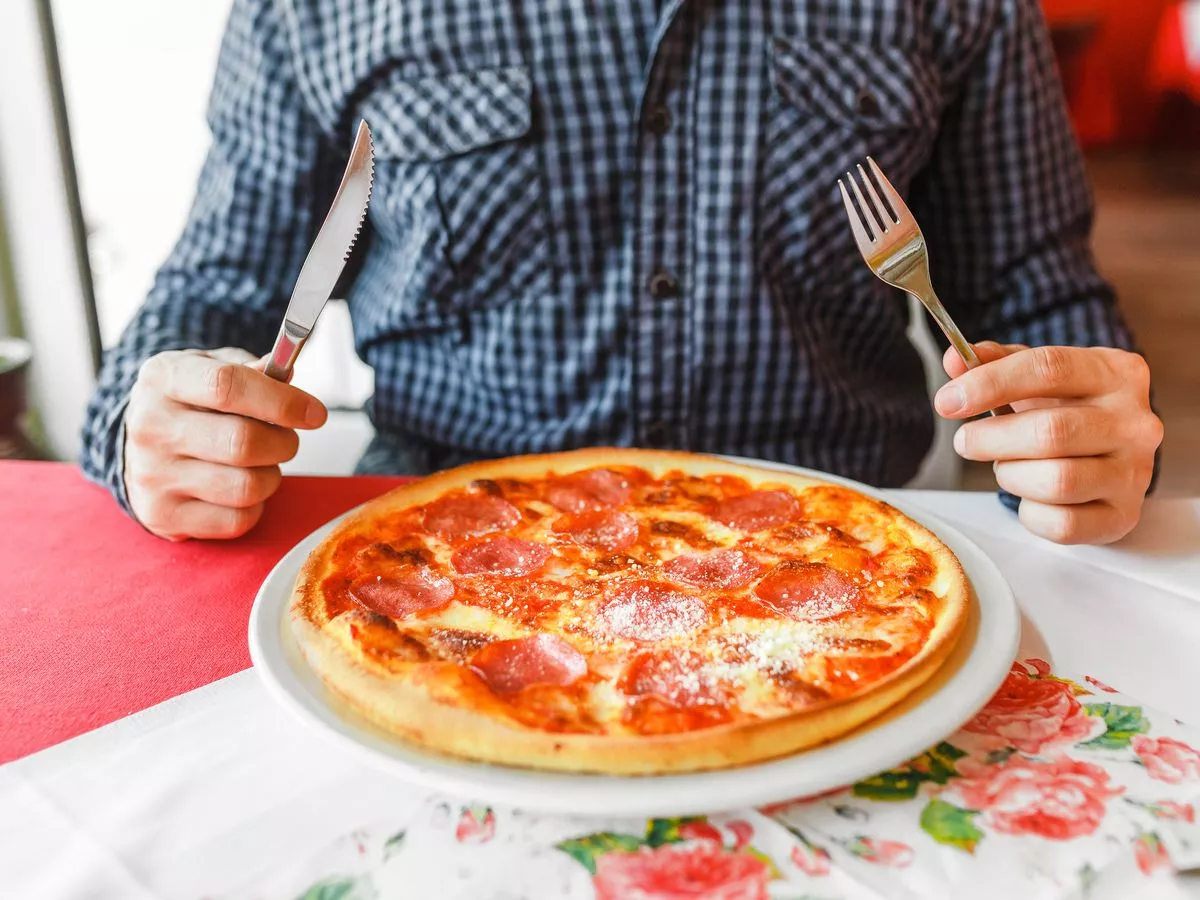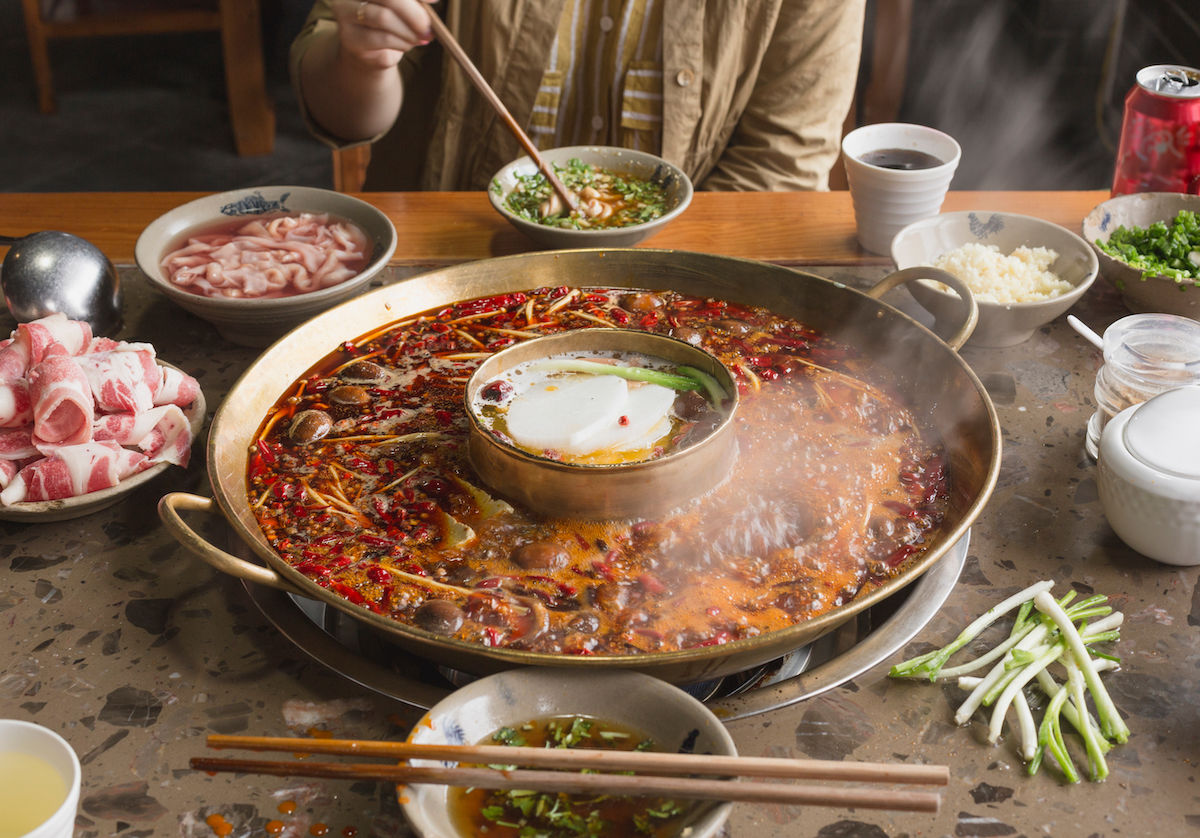How to Enjoy Foods You Don’t Like
Let’s face it, we all have foods that we don’t particularly enjoy. Whether it’s the taste, texture, or smell, there are certain foods that just don’t sit well with our taste buds. However, learning how to eat and even enjoy these foods can open up a whole new world of culinary experiences. Here are some tips on how to make the most of foods you don’t like:
1. Experiment with Different Cooking Methods
Sometimes, the way a food is prepared can make all the difference in how it tastes. If you don’t like a certain vegetable, try roasting it instead of steaming or boiling it. The caramelization that occurs during roasting can bring out a whole new depth of flavor. Similarly, if you don’t enjoy the taste of a particular meat, try marinating it or grilling it to add new flavors and textures.
2. Pair Unliked Foods with Liked Foods
One way to make unliked foods more palatable is to pair them with foods that you do enjoy. For example, if you don’t like the taste of broccoli, try adding it to a stir-fry with your favorite protein and sauce. The combination of flavors can help mask the taste of the broccoli and make it more enjoyable to eat.
3. Get Creative with Seasonings
Seasonings and spices can completely transform the taste of a dish. If there’s a food that you don’t like, experiment with different seasonings to see if you can find a combination that makes it more enjoyable. For example, if you don’t like the taste of fish, try seasoning it with lemon, garlic, and herbs to mask any fishy flavors.
4. Gradually Acclimate Your Taste Buds
Sometimes, our taste buds need time to adjust to new flavors. If there’s a food that you don’t like, try incorporating small amounts of it into your meals on a regular basis. Over time, you may find that your taste buds become more accustomed to the flavor, making it easier to eat and even enjoy the food.
5. Be Open-Minded and Willing to Try New Things
It’s important to approach unliked foods with an open mind. Our tastes can change over time, and what we didn’t like in the past may become a new favorite in the future. Be willing to give foods another chance, and don’t be afraid to step out of your comfort zone and try new dishes and ingredients.
6. Focus on the Health Benefits
Even if you don’t particularly enjoy the taste of a certain food, it’s important to remember the health benefits it may offer. For example, if you don’t like the taste of spinach, remind yourself of its high nutrient content and the positive impact it can have on your health. Sometimes, knowing that you’re doing something good for your body can make it easier to eat foods you don’t like.
By using these tips and techniques, you can learn to eat and even enjoy foods that you don’t particularly like. Remember, everyone’s tastes are different, and it’s okay to have preferences. However, being open-minded and willing to experiment with new flavors can lead to a world of culinary possibilities.
